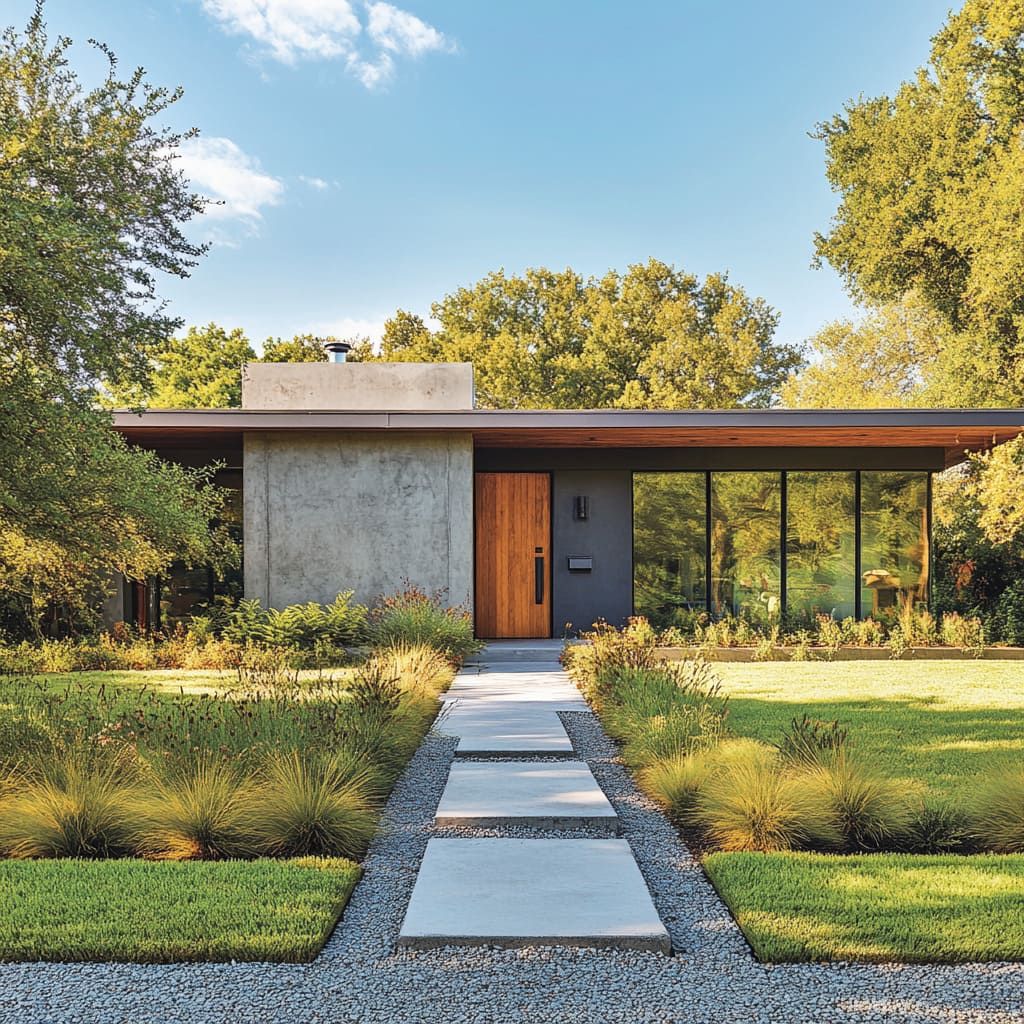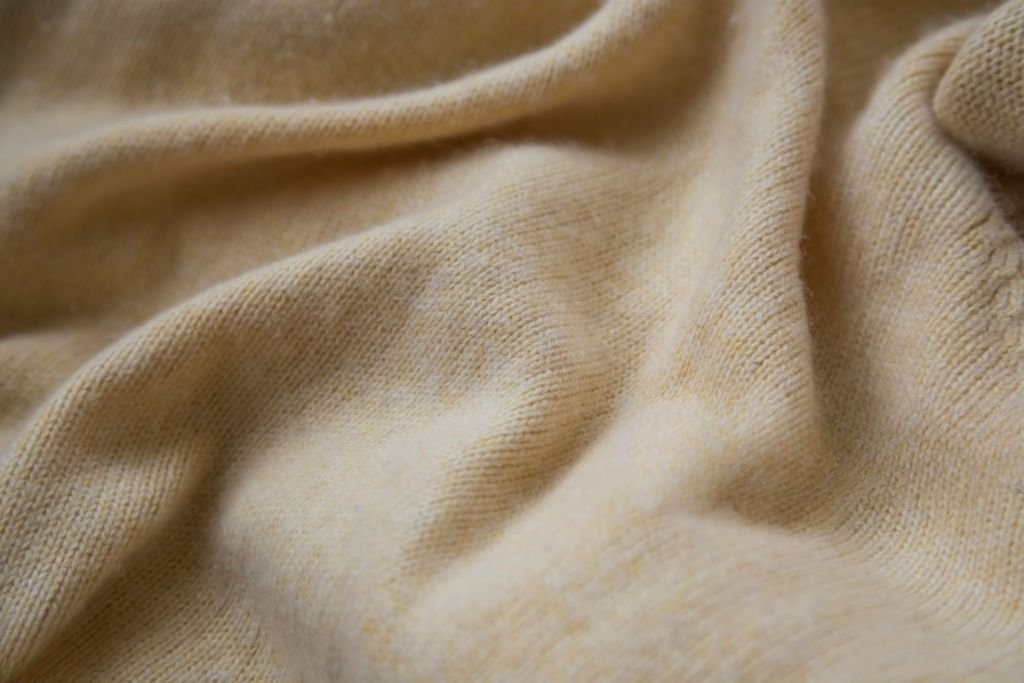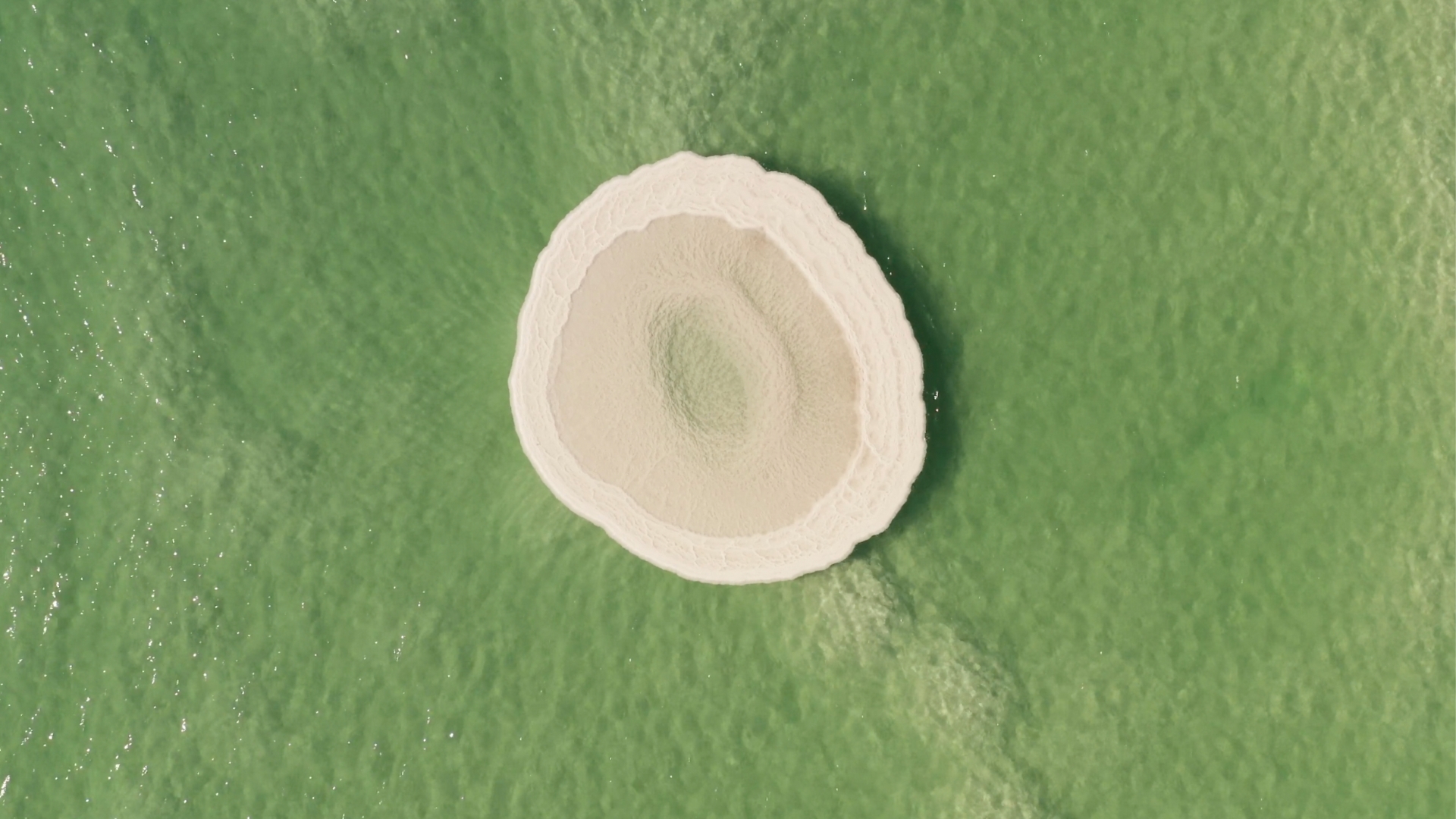Life in Plastic Isn’t Fantastic! Unless You’re Barbie. (Which You’re Not.)

Let's talk about the construction myth that wrapping your house like a burrito creates a "healthy, sealed environment safe from moisture." Spoiler alert: it doesn't. It creates a mold factory with a side of off-gassing chemicals that'll have you wondering why your brain feels like it's swimming through fog.
The Plastic Wrap Epidemic in Construction
Drive through any new construction site and you'll see houses wrapped head-to-toe in plastic sheeting like they're preparing for a hazmat situation. Builders call it "vapor barriers" and "house wrap," but what they're really creating is akin to a moisture sandwich.
Here's the thing about plastic house wrap… it doesn't breathe. At all. When moisture gets trapped (and it will), it has nowhere to go. No drying potential to the inside, no drying potential to the outside. Just trapped humidity creating the perfect petri dish between your walls.
Standard American plastic house wraps include:
- Polyethylene sheeting (the classic plastic burrito as I like to call it)
- Synthetic house wraps like Tyvek (yes, it's still plastic)
- Peel-and-stick membranes with petroleum-based adhesives
- Vinyl siding systems (more plastic, more problems)
The result? Wall assemblies that can't regulate moisture, can't dry out when wet, and become breeding grounds for the kind of mold that'll ruin your health and your resale value.
The Microplastic Reality Check
We're living in a plastic world, and it's literally inside us. Recent studies show that microplastics have been found in human blood, lungs, and placental tissue. Your table salt? Research published in Environmental Science & Technology found microplastics in 90% of salt samples worldwide.
Your tap water? Studies show 83% of global tap water samples contain plastic fibers. Your bottled water? Even worse. 22 times more microplastic contamination than tap water.
Why Plastic House Wrap Creates Mold Factories
Mold needs three things to thrive: moisture, material, and the right temperature. Plastic house wrap delivers on all fronts by:
- Trapping moisture: Plastic is impermeable. When humidity gets behind it (from cooking, showers, water damage), it stays there. No escape route.
- Creating temperature differentials: Plastic doesn't regulate temperature, creating hot and cold spots that lead to condensation, exactly what mold loves.
- Preventing natural drying: Traditional building materials like wood and stone naturally regulate moisture. Plastic blocks this process entirely.
- Off-gassing chemicals: Many plastic wraps contain plasticizers, UV stabilizers, and other additives that slowly release into your indoor air.
Building science research consistently shows that vapor-impermeable materials in mixed-humid climates like Central Texas create moisture problems and indoor air quality issues.
The Enso Alternative: Breathable, Plastic-Free Building
We build homes that breathe, not suffocate. Instead of plastic house wrap, we often suggest vapor-open, plastic-free membranes for our projects, my personal favorites being:
1. Pro Clima Solitex Mento
2. Siga Majvest 500 SA
3. Rothoblaas Traspir EVO 160.
All are made from renewable materials, are fully recyclable, and have perm ratings designed for the Central Texas climate. Natural insulation like Havelock sheep wool naturally regulates humidity and is mold-proof by natures design with antimicrobial benefits thrown in for a little spice, top it off with carefully considered rainscreens to ensure air gaps behind siding that promote drying and prevent moisture accumulation and voila! Homes that regulate their own moisture, resist mold naturally, and don't off-gas petroleum chemicals into your breathing space.
Beyond Building: The Plastic-Free Life
I'm on a bit of a roll here, so while I have your attention PLEASE consider that plastic use goes beyond just how we build. It's about what we eat, drink, and put on our bodies. It can be overhelming to think about, so start small, take into consideration four small changes you can make today:
1. Salt matters: Most table salts are contaminated with microplastics from ocean pollution and plastic processing equipment. I use Vera Salt, one of the few salt producers that tests for and guarantees microplastic-free products. It's mined from ancient underground deposits, never exposed to modern ocean pollution.
2. Water matters: Plastic bottles aren't the answer. Invest in a quality water filtration system that removes microplastics along with other contaminants. We have a guy for that :)
3. Food storage matters: Glass containers, not plastic. Especially for anything warm, acidic, or fatty, conditions that increase plastic migration into food.
4. Cooking matters: Ditch the non-stick pans (more plastic polymers) for cast iron, carbon steel, or ceramic.
The Bottom Line
Barbie might live in a plastic world, but humans weren't designed for that. Research continues to link plastic exposure to hormone disruption, inflammation, and chronic health issues. Everything the modern era has to offer in the name of efficiency, adds up to an environment that's far from the clean, healthy sanctuary your home should be
When we have alternatives that perform better AND don't compromise our health, why wouldn't we use them? European builders have been using these systems for the past decade, it's building science 101 over there. Clean construction isn't a trend, it's Tuesday. Maybe it's time we caught up.
Want to explore plastic-free building options for your project? Reach out to our team, because life in plastic really isn't fantastic.




%201.svg)




